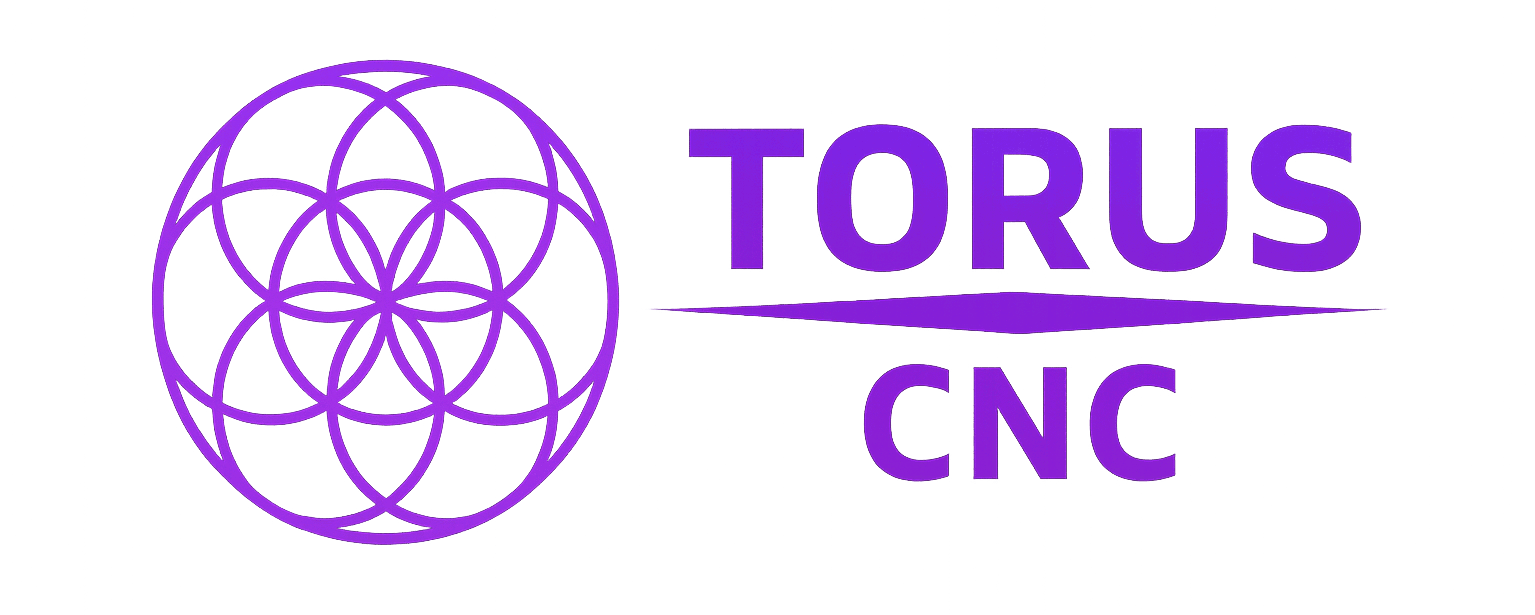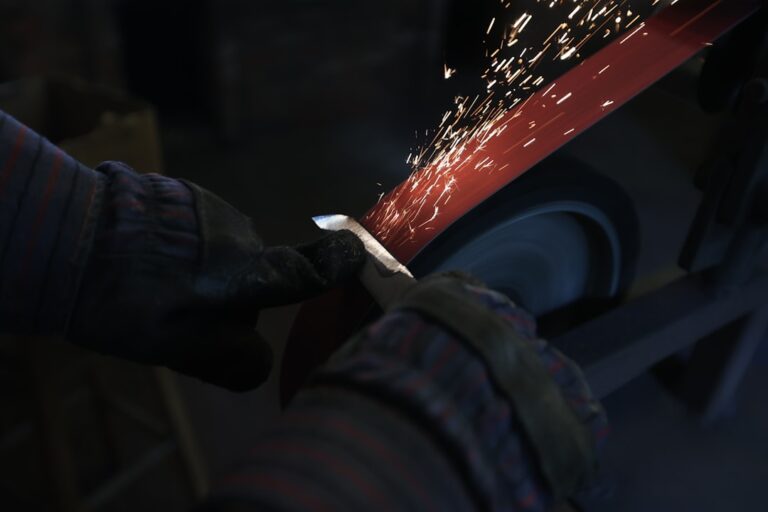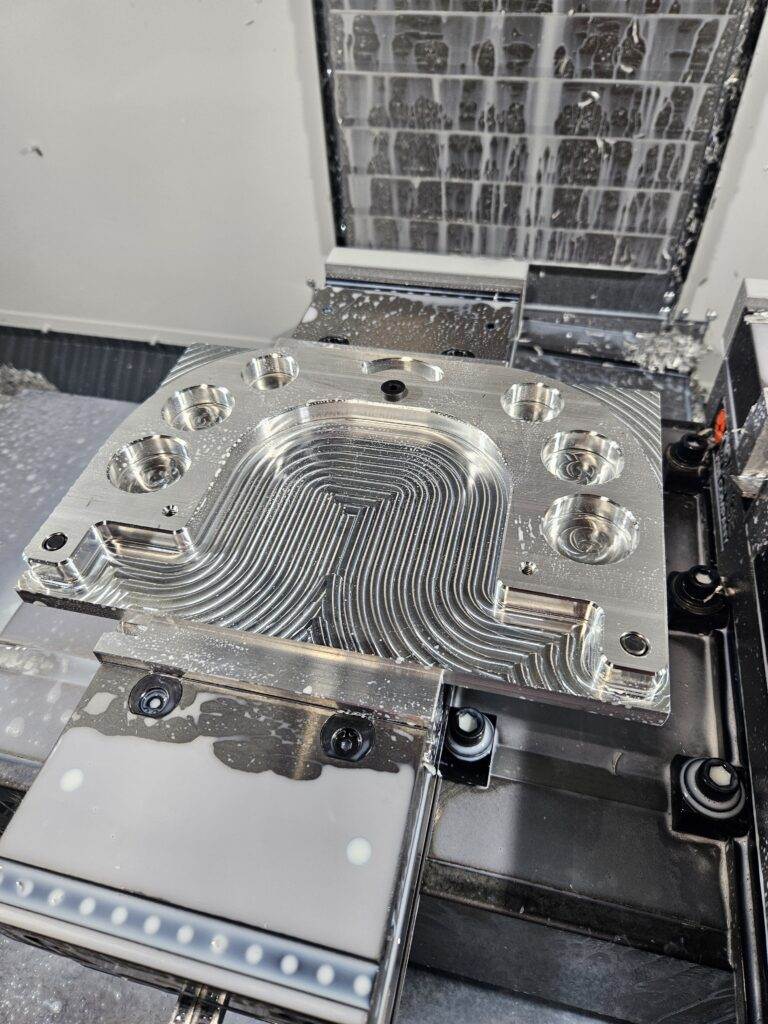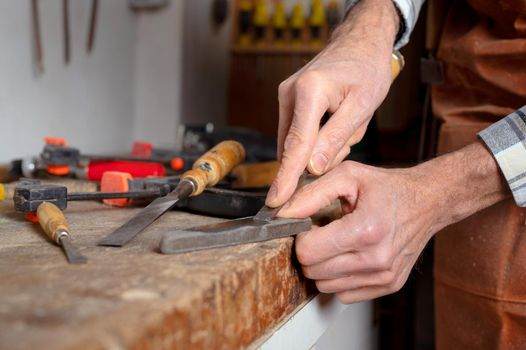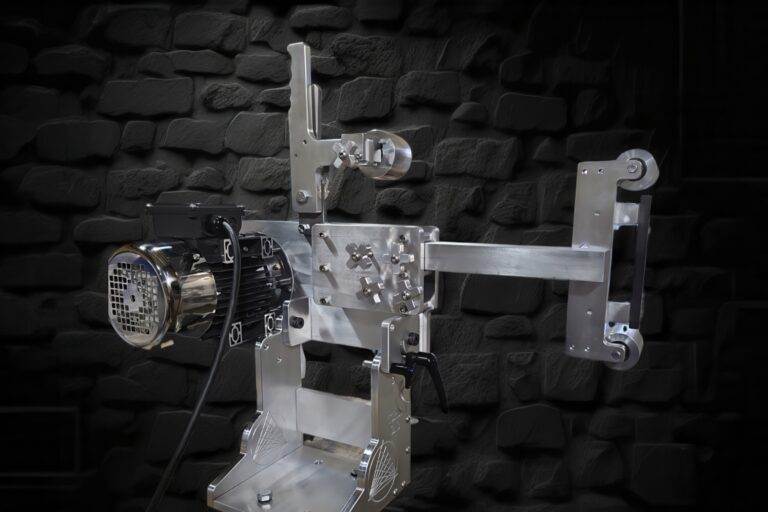When it comes to heat treating blade steel, precision and control are key factors in achieving the perfect balance of hardness, toughness, and edge retention. Whether you’re crafting a kitchen knife, a hunting blade, or a custom piece, achieving the right tempering and quenching process is paramount. One crucial component of this process is the quench plate—a simple yet vital tool used to quickly cool the steel after it reaches its critical temperature.
In this blog post, we’ll explore how quench plates work in heat treating, the benefits of using them for blade steel, and how the Torus Quick Quench Vise enhances the process, ensuring consistency and efficiency.
What Are Quench Plates?
Quench plates are flat, rigid metal plates that are used to rapidly cool hot steel during the quenching stage of heat treating. After a blade is heated to its austenitizing temperature, typically in a forge or heat treat oven, it needs to be rapidly cooled to lock the crystal structure in place and achieve the desired hardness.
Without quenching, the steel could be too soft, too brittle, or unevenly hardened. Quenching is traditionally done in oil, water, or other cooling agents, but using quench plates is an alternative method. These plates help to evenly distribute heat and ensure that the steel cools uniformly, preventing warping or cracking.
The steel is pressed between two plates—often made from materials like stainless steel or aluminum—after being heated. This process is faster than oil quenching and can provide more controlled results, which is especially useful for high-carbon and tool steels used in knives.
Why Use Quench Plates for Blade Steel?
Using quench plates offers several benefits for heat treating blade steel:
- Uniform Cooling: The primary advantage of quench plates is that they offer consistent and even cooling. Since the steel is pressed between two flat surfaces, the cooling process is more uniform compared to traditional oil or water quenching, where varying cooling rates may cause uneven hardness or internal stresses.
- Reduced Risk of Warping: One of the biggest concerns in heat treating knives is warping. Uneven cooling can cause parts of the blade to contract at different rates, leading to distortions. By using quench plates, you can significantly reduce this risk, as the pressure applied between the plates helps maintain the shape of the blade during cooling.
- Faster Quenching: In some cases, quench plates can speed up the cooling process compared to traditional methods, allowing for quicker turnaround times between stages of heat treating. The rapid cooling also helps the blade achieve a harder surface, ideal for cutting tools.
- Control Over Hardness: Different types of steel require different cooling rates to achieve optimal hardness. By using quench plates, you can control how quickly the steel cools, ensuring that the final hardness of the blade is exactly as you intended. This level of precision is essential when working with premium steels.
The Torus Quick Quench Vise: A Game-Changer for Heat Treating
While quench plates are an excellent tool, they work even better when combined with a system designed to provide ease of use and precision. Enter the Torus Quick Quench Vise, a tool that revolutionizes the quenching process for blade makers.
The Torus Quick Quench Vise is a specialized vise designed to securely hold the blade during the quenching process. It’s engineered to work seamlessly with quench plates, providing additional benefits that enhance the heat treating experience:
- Secure Grip: The Torus Quick Quench Vise offers a firm and adjustable grip, ensuring that the blade stays in place during quenching. This is especially important for maintaining the blade’s shape and ensuring uniform cooling, even with the high temperatures involved in the process.
- Precision Control: The vise allows for precise alignment of the blade between the quench plates, ensuring consistent contact and uniform cooling across the entire blade. This level of control is crucial for achieving consistent hardness and preventing warping.
- Quick and Efficient: With its quick-release mechanism, the Torus Quick Quench Vise allows for rapid insertion and removal of blades, streamlining the heat treating process. This is especially useful for blade makers who need to quench multiple blades in a short amount of time.
- Durable Construction: Made from high-quality materials, the Torus Quick Quench Vise is built to withstand the high temperatures and stresses associated with heat treating. Its durable design ensures long-lasting performance, even after repeated use.
How to Use Quench Plates with the Torus Quick Quench Vise
To get the best results when using quench plates in conjunction with the Torus Quick Quench Vise, follow these simple steps:
- Prepare Your Blade: Heat your blade to the desired austenitizing temperature in your forge or oven. Make sure the steel is uniformly heated before moving to the next step.
- Set Up the Vise: Adjust the Torus Quick Quench Vise to securely hold your blade. Ensure the blade is positioned correctly so that it will make full contact with the quench plates during the cooling process.
- Use the Quench Plates: Place the heated blade between the quench plates and press them together gently. The plates should be tightly clamped around the blade to ensure uniform cooling. The pressure from the plates helps the steel cool evenly and maintain its shape.
- Quench Quickly: The Torus Quick Quench Vise allows for fast insertion and removal, so you can quench your blade without delay. Make sure to monitor the process carefully, ensuring that the blade cools at the right rate for your steel type.
- Post-Quench Treatment: After quenching, you may need to temper the blade to relieve stresses and achieve the desired hardness. Follow your steel manufacturer’s recommended tempering schedule for the best results.
Conclusion
Quench plates are an invaluable tool for heat treating blade steel, providing uniform cooling, reducing the risk of warping, and offering greater control over hardness. When paired with the Torus Quick Quench Vise, they provide even more precision and efficiency, ensuring that your blades are heat treated with the utmost care and consistency.
By incorporating quench plates and the Torus Quick Quench Vise into your heat treating process, you can achieve professional-quality results every time, whether you’re making your first blade or crafting high-end, custom knives for customers.
